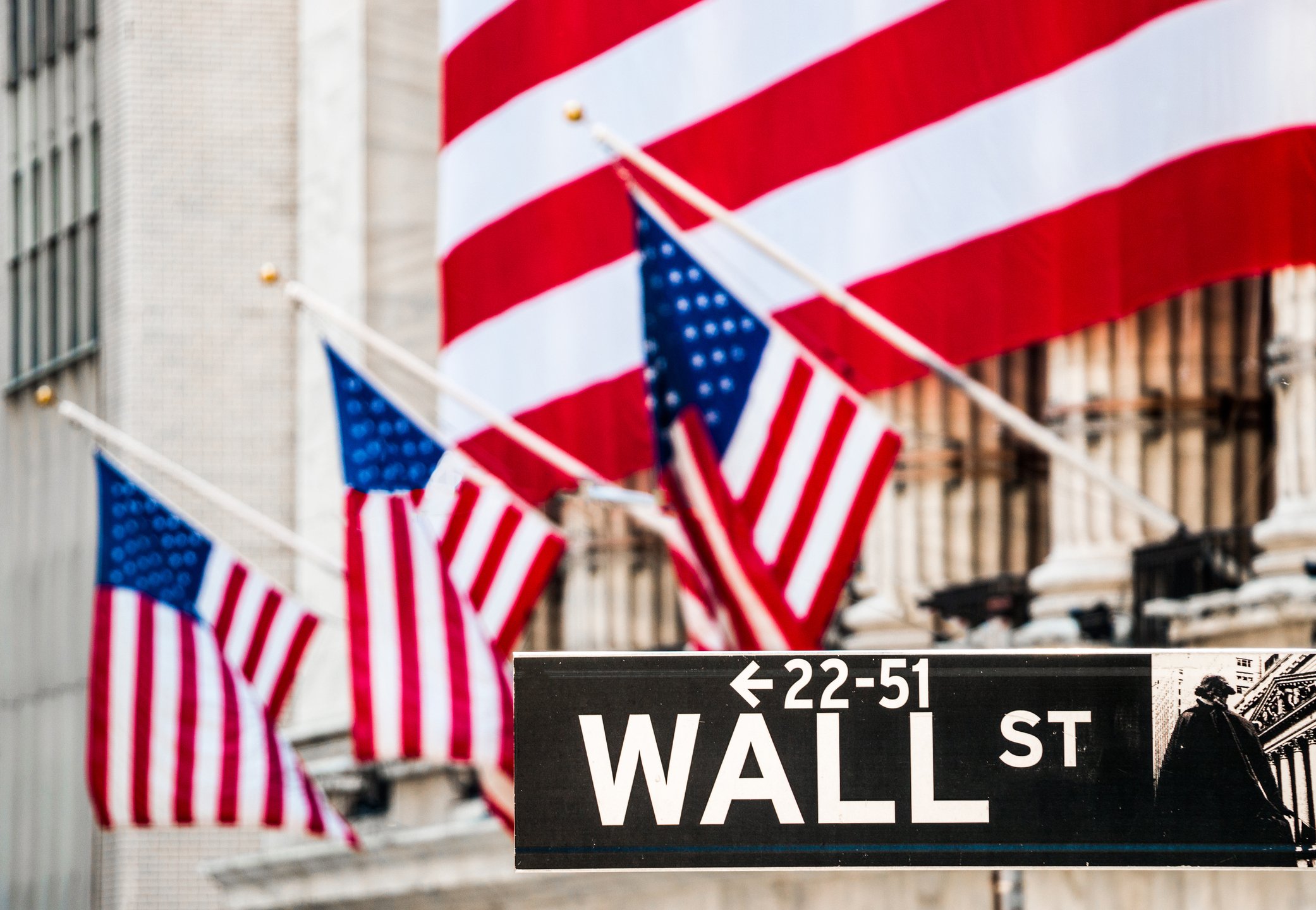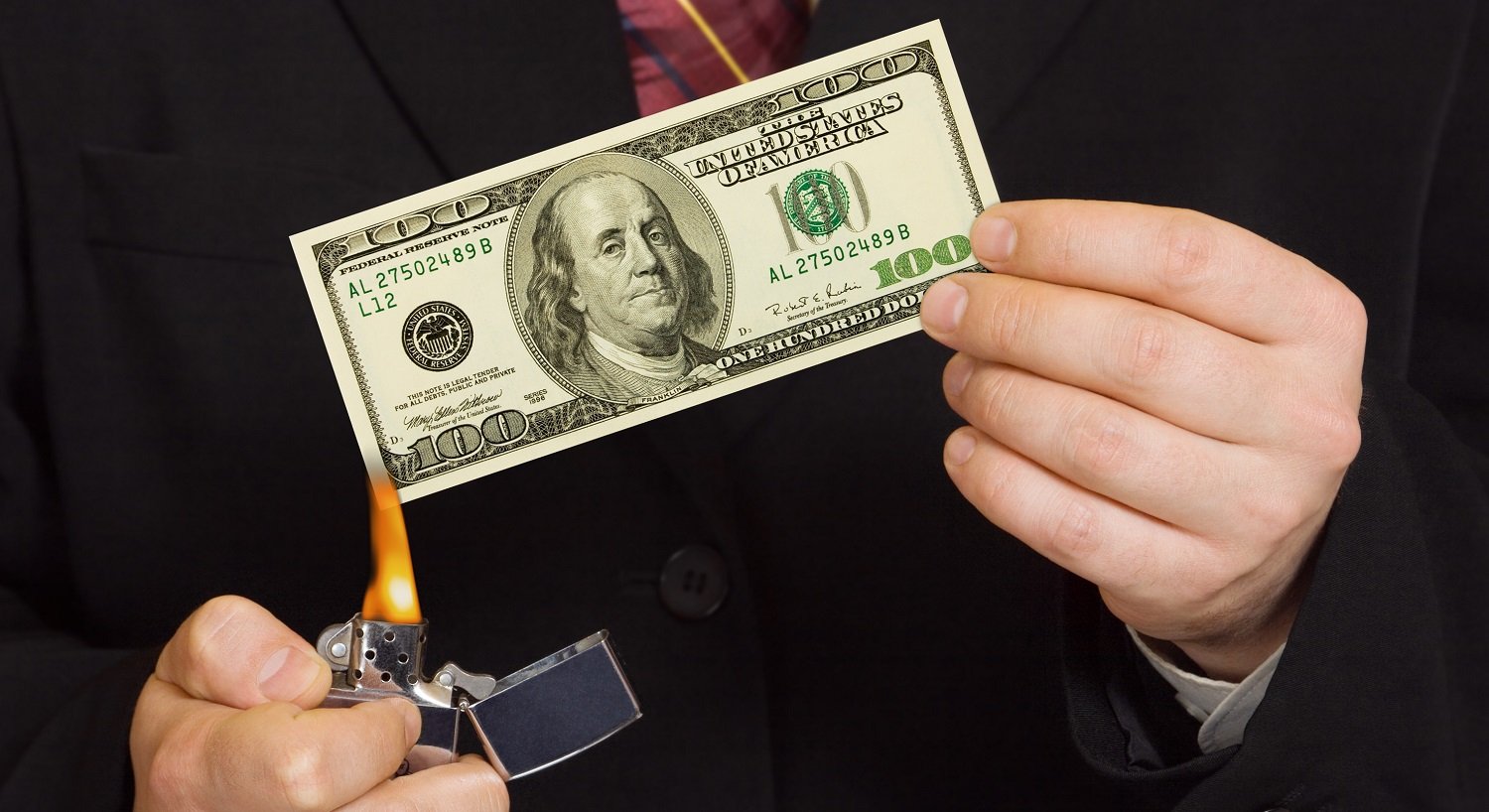For investors, the past seven weeks have been historic. The spread of the coronavirus disease 2019 (COVID-19), which has killed in excess of 65,000 people worldwide, has created levels of uncertainty in the marketplace that we've never witnessed before. The CBOE Volatility Index, or VIX, which measures the expected volatility in S&P 500 options contracts over the next 30 days, hit an all-time high, eclipsing the perceived volatility and fear from the Great Recession.
While tragically exacting a human toll, COVID-19 has also been unrelenting on Wall Street's pocketbooks. The mitigation measures meant to slow the spread of the coronavirus, which includes a halt to nonessential business activity in most U.S. states, may lead to a recession. It's most certainly led to a bear market, with the major U.S. indexes shedding more than 20% of their value in just over three weeks, marking the fastest descent from a recent high in history.
Yet history shows that bear markets are always buying opportunities. As long as investors buy into quality businesses and give their investment theses time to play out, they tend to make money over the long run.

Image source: Getty Images.
With that being said, here are five highly visible large-cap stocks that would be perfect to add to your portfolio during the coronavirus bear market.
First up, investors should use this steep pullback as a possible entry point for social media giant Facebook (FB 2.47%). Although Facebook is liable to take a near-term hit given that advertising drives its sales, the fact remains that, when we're passed the COVID-19 pandemic, no social media platform offers access to more eyeballs than Facebook.
Facebook ended 2019 with 2.5 billion monthly active users and a whopping 1.66 billion daily active users. This gives the company incredible pricing power with advertisers, and makes it the go-to platform for businesses of all sizes to convey their message.
In addition, Facebook is behind four of the seven most-visited social websites: Facebook, WhatsApp, Facebook Messenger, and Instagram. Though Facebook and Instagram have been monetized with ads, the company hasn't even scratched the surface when it comes to monetizing Messenger and WhatsApp, as of yet. This means there's a long growth runway still to come for Facebook.

Image source: Coca-Cola.
Coca-Cola
Why an incredibly well-recognized brand-name company like Coca-Cola (KO +0.15%) is down in the neighborhood of 30% over the past seven weeks is a mystery. Coca-Cola operates in all but one country around the globe (North Korea), and it has one of the highest brand-recognition rates of multinational companies. In other words, there should be virtually no drop-off in global product sales, especially given its geographic sales diversity.
Coca-Cola also has at least 21 billion-dollar brands. It's a company that's adept at utilizing point-of-sale marketing campaigns, holiday-themed imagery, and even social media influencers, to spark consumer engagement and boost sales.
At approximately 17 times Wall Street's consensus cash flow for 2021, Coca-Cola is now the cheapest it's been in about five years.

Image source: McDonald's.
McDonald's
The coronavirus bear market has been particularly unrelenting on the restaurant industry, with McDonald's (MCD 0.42%) at one point losing $90 per share in the span of a month. However, McDonald's 2019 operating results show that the company's products and brand are once again resonating with consumers.
McDonald's Velocity Growth Plan is beginning to pay dividends, with comparable-store sales growth last year of 5.9%. That's the highest comp-sales growth in more than a decade. McDonald's has been focused on luring back previous customers with higher-quality food products, holding onto existing customers by broadening its menu, and improving convenience by promoting digital and mobile ordering, as well as delivery options. This sales growth data signals that its efforts are paying off.
McDonald's highly recognizable Golden Arches and its rich history of increasing profitability make it something of a no-brainer stock to buy on the dip.

Image source: CVS Health.
CVS Health
Investors perusing the healthcare space should also consider adding the largest pharmacy chain operator in the U.S., CVS Health (CVS 1.67%), to their portfolios.
CVS completed a game-changer of an acquisition in late 2018, when it acquired health insurer Aetna for about $70 billion. We don't often think of insurance as a fast-growing business, but the addition of Aetna should actually boost CVS Health's organic growth rate. It should also provide a lift to pharmacy sales, assuming CVS can keep Aetna's insured members within its ecosystem. And, of course, there will be cost synergies from the deal, most of which should be realized in 2020 and 2021.
In terms of valuation, CVS Health can currently be purchased for a little more than 7 times Wall Street's profit forecast for 2021. We'd have to go back more than a decade to find the last time this company was so cheap.

Image source: Getty Images.
American Tower
Last, but not least, investors should consider buying into the largest real estate investment trust (REIT) by market cap, American Tower (AMT +2.02%).
The beauty of the REIT model is that it involves a business buying up assets within a very specific industry and leasing those assets out for an extended period of time. Thus, REITs have predictable cash flow and relatively low ongoing expenses. Plus, in order to avoid the normal corporate income tax rate, REITs are required to return a significant portion of their income in the form of a dividend to shareholders.
What makes American Tower so desirable are its assets: approximately 180,000 wireless communication towers around the world. With the next wave of wireless infrastructure rolling out right now (5G networks), the demand for data is going to grow significantly over the years to come. That should mean steady funds from operations growth for American Tower.










